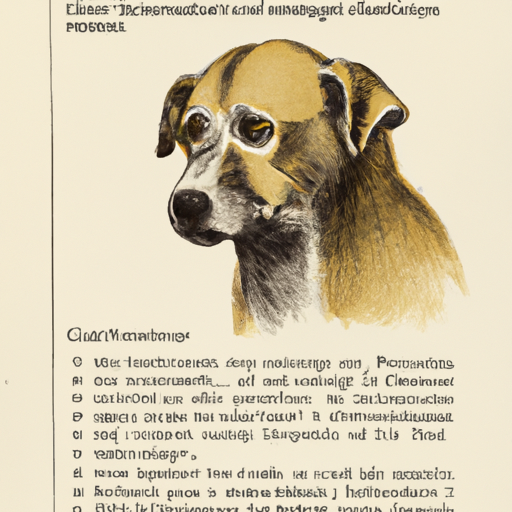As a dog owner, you play a crucial role in your pet’s health and well-being. One of the most vital responsibilities is to be aware of the symptoms of common canine diseases, one of which is distemper. Canine distemper is a viral illness with no known cure, making early detection and prevention essential. In this article, we’ll delve into the symptoms of distemper in dogs, how it’s transmitted, and the measures you can take to protect your furry friend.
Table of Contents
- Understanding Canine Distemper
- Symptoms of Canine Distemper
- Transmission and Prevention of Distemper
- Diagnosis and Treatment
- Frequently Asked Questions
Key Takeaways
– Distemper is a severe, often fatal disease in dogs, caused by the Canine Distemper Virus (CDV).
– Recognizing the early signs, such as fever, nasal and eye discharge, is vital for prompt supportive care.
– Vaccination is the most effective way to prevent distemper in dogs.
Understanding Canine Distemper
Canine distemper is a highly contagious and life-threatening viral disease that affects dogs and other animals like ferrets, raccoons, and skunks. The Canine Distemper Virus (CDV) is responsible for this illness, which often affects unvaccinated puppies and adolescent dogs.
Symptoms of Canine Distemper
The signs of distemper can vary and progress in stages. You should contact your vet immediately if you notice any of the following symptoms:
- Early Stage Symptoms
- Fever
- Loss of appetite
- Mild eye inflammation and discharge
- Nose discharge
- Coughing
- Lethargy
-
Vomiting and diarrhea
-
Later Stage Symptoms
- Seizures
- Paralysis
- Hardening of footpads and nose
- Muscle twitching and tremors
- Poor balance and coordination
One of the most reliable resources for understanding canine distemper symptoms is this comprehensive guide from American Veterinary Medical Association.
Transmission and Prevention of Distemper
Canine distemper is spread through airborne exposure, like a cough or sneeze from an infected dog. It can also be contracted through shared food and water bowls or other objects contaminated with the virus.
The best way to prevent distemper is through vaccination. Puppies should be vaccinated at 6 to 8 weeks of age and then every 2 to 4 weeks until they are about 4 months old. Adult dogs should receive boosters regularly as recommended by their vet. It’s also crucial to minimize contact with infected dogs.
For more on distemper prevention, check out this article on OneTopDog.
Diagnosis and Treatment
Diagnosis of distemper is often based on clinical signs and a history of inadequate vaccination. Specific laboratory tests can also confirm the presence of the virus.
While there’s no cure for the distemper virus, early detection allows for supportive care to ease symptoms and complications. This includes fluid therapy, antibiotics for secondary bacterial infections, and controlling seizures and neurologic symptoms.
For additional information about canine diseases and their treatments, explore more articles on OneTopDog.
Frequently Asked Questions
1. Can humans get distemper from dogs?
No, humans cannot contract distemper from dogs.
2. Can a dog survive distemper?
Some dogs can survive distemper with supportive care and early detection, but the disease is often fatal.
3. Can distemper be prevented?
Yes, distemper can be prevented by regular vaccination and avoiding contact with infected animals.
As a caring dog owner, your pet’s health is of paramount importance. Understanding the symptoms of distemper, ensuring regular vaccinations, and providing a healthy environment can help protect your furry friend from this deadly disease.
For more tips on dog care, make sure to visit OneTopDog. Remember, prevention is always better than cure. Always stay vigilant for any signs of ill-health and consult your vet promptly if you suspect something is amiss.



